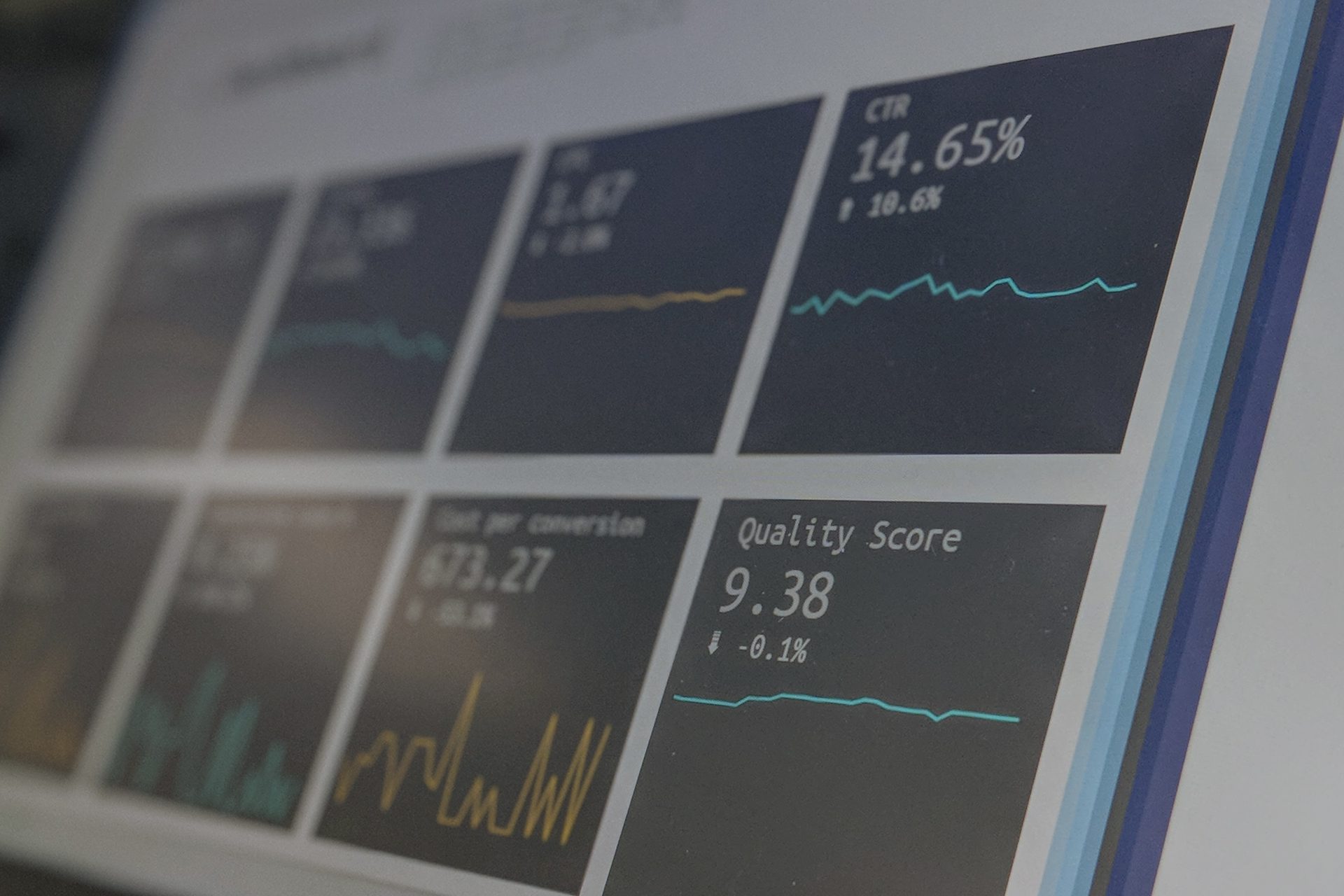The main business challenge that organizations face is data analysis. It is important for an organization to explore data in meaningful ways. With organizational data growing in huge amounts day by day, analysis on that data has to be done in order to answer business questions such as,
- Where does the organization stand in the market?
- What is happening in the organization?
- What needs to be done to increase its growth?
- In what way can they provide the progress of projects to the clients?
Performing analysis on data is not easy. It takes several days and a number of resources to analyze the data and produce digestible visualizations such that people who have mere knowledge of technologies or development can easily understand and make decisions according to that.
What are the advantages?
By presenting the data in the form of reports we have the following advantages,
- Employees will be relieved of ad-hoc data retrieval requests
- Instead of going through thousands of lines of data, users can just look at it in visual form
- Organizations can better absorb most complex data and turn it into instantly understandable information
- People of all skill levels can easily understand by getting data transparency and take swift action upon it
- Rather than maintaining multiple spreadsheets, identifying patterns in the data becomes easy
If the analytics are in real-time, it enables faster decision making and allows organizations to stay ahead of the competition at every step.
How to generate reports?
A lot of Business Intelligence (BI) tools are available in the market right now, each having its own capabilities. So choose the one which satisfies your data needs. The input data can be a spreadsheet, CSV file, XML, etc. We can even connect to almost all RDBMS databases, CRM systems, Hadoop and NoSQL Databases that provide ODBC/JDBC connectivity. We can also get data from multiple databases and prepare one model, from which the reports can be generated. It doesn’t really matter which tool you use, whether it’s online or offline – but the thing that matters the most is the insight into your data where and when you want it.
Where can we use these reports?
Reports can be shared across the organization to work collaboratively and to make decisions interactively with the team. There are numerous ways to showcase reports – group a few of them and present them in a dashboard, add them to your mobile applications, integrate into your chatbots, and more.






